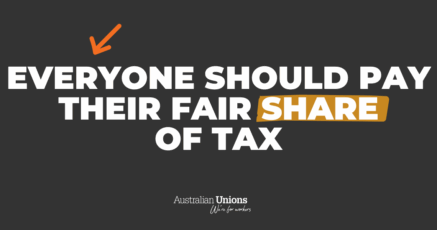The rise of ‘quiet firing’
Heard of quiet quitting? Quiet firing is the flip-side. Quiet quitting happened when workplaces were understaffed and employers needed to keep employees. Whereas quiet firing is when employers need to let workers go and want to do so with the least fuss possible.
But ‘quiet firing’ is just the latest term to describe what is formally known as constructive dismissal. And guess what? It can even be illegal in some cases.
How and why quiet firing happens
You willingly quit your job. But get this – you didn’t really have any other choice. Because you were intentionally driven out. What’s worse is that you were slowly forced out by your very own boss or supervisor.
Sound familiar? We hope not – but it’s often something that happens without much noise.
Why do employers quietly (yet harshly) nudge workers towards quitting? Well, if company management want to fire someone by the book, they have to jump through a whole bunch of legal hoops – often involving lengthy processes and several warnings before they can send you packing.
To get away with quiet firing, your boss relies on you feeling alone and hopeless, so you eventually give up and leave on your own will. But that’s when being in a union makes a world of difference, because you’re no longer defenseless. In other words, you’ve got backup.
How joining a union can help
Alarmingly, quiet firing is much more widespread than you might think. But luckily, there are ways to jump over these hurdles if you ever find yourself in these murky waters.
We’ll help you navigate them. For example:
- If you want to chat with your manager about why they’re behaving in a hostile manner but feel awkward about raising it, chat to your union delegate. They can help you plan the conversation and can also be in the room when it happens.
- When it comes to practices like quiet firing, employers rely on workers not knowing their rights and not second-guessing questionable or dodgy actions. So if things are happening at work that make you feel uncomfortable or they just don’t feel ‘right’, contact your union straight away.
- Your union can provide legal advice, so you can figure out if your boss has crossed a line. Hint: it’s always good to keep a diary so you have an ongoing record of what’s been happening at work.
How to recognise signs of constructive dismissal/quiet firing
These signs might not always lead to constructive dismissal but even if they don’t, these management decisions can be detrimental just on their own.
- The classic divide-and-conquer tactic – an employer only speaks to employees one-on-one to create fear and intimidate
- Never receiving feedback, even when asking for it
- Consistently being left out of meetings you should be a part of
- Shifting key tasks to other employees
- Demoting or changing an employee’s job description, so your job basically becomes redundant
- Withholding opportunities and never receiving hard-earned promotions
- Unrealistic performance expectations.
In some situations, constructive dismissal may even count as unfair dismissal. If that’s the case, then you should contact your union as soon as the alarm bells start ringing.
And don’t forget: all union members get access to advice and legal representation if things go wrong in the workplace.
Think of it like a safety net – you pay small, regular membership dues, but you’re covered big time if something goes wrong.
Cover photo credit: Anna Shvets






SHARE:
Quiet Firing: How to spot the signs and what you can do about it